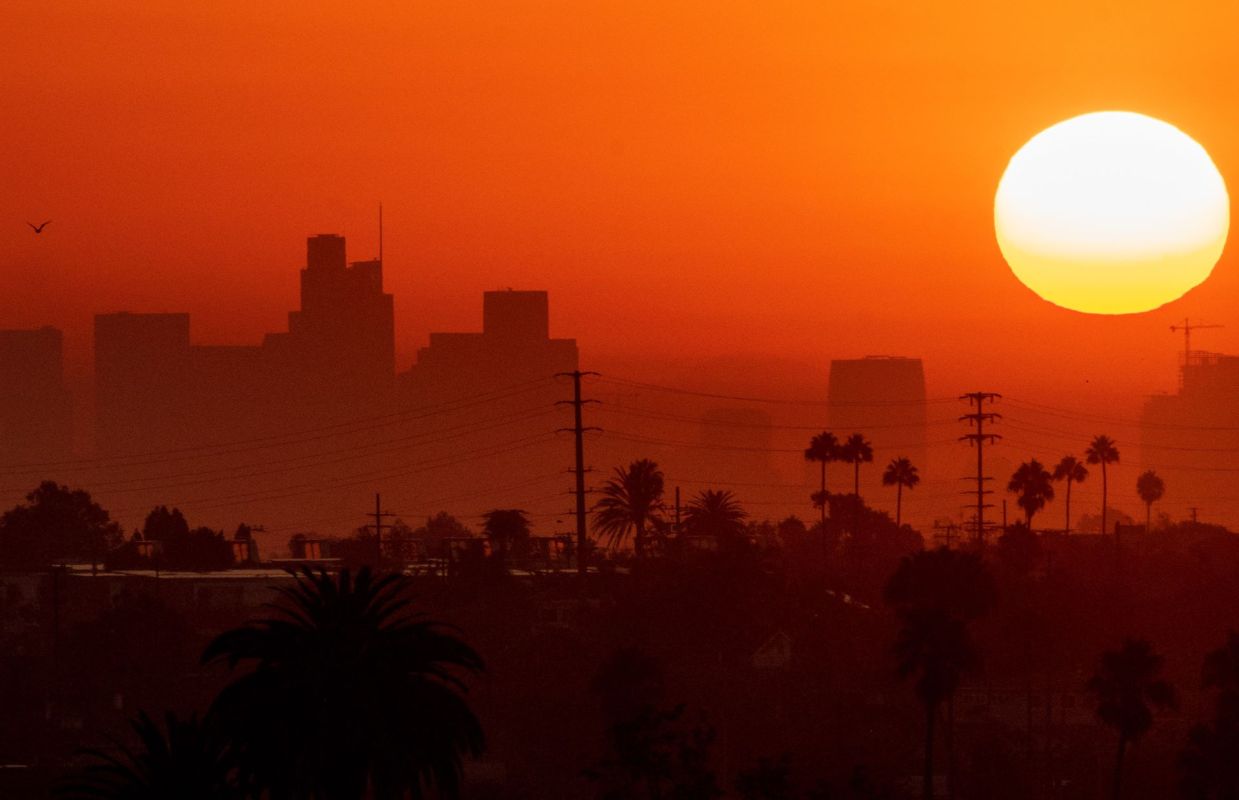The World Meteorological Organization released a new report in May with predictions for the world's climate in the next five years. According to that report, after several years of cooling influence from La Niña conditions affecting average temperatures, Earth is heading for a major temperature spike.
The next five years are likely to be the hottest five-year period on record, and at least one year will probably be the hottest ever recorded, the WMO reports.
What's happening?
According to the WMO, the world is about to experience El Niño, a repeating weather pattern in which warmer surface temperatures in the eastern Pacific Ocean raise the average temperature worldwide. El Niño typically alternates with La Niña, which brings cooler temperatures and has now continued for three years, starting in 2020.
As of June 8, NOAA's Climate Prediction Center estimated there is more than a 90% chance that we'll experience El Niño this summer and that El Niño conditions will last into the winter.
Aside from El Niño and La Niña, air pollution is also affecting the world's temperature, the WMO reports. Heat-trapping gases released into the atmosphere by human activity are raising the average temperature of the Earth. La Niña's cooling effect has made it harder to notice the change for the past few years, but El Niño will combine with general rising temperatures to create a much bigger increase.
Why does the increase matter?
In 2015, the U.N. created the Paris Agreement to try to limit the effect of human activity on the environment. This treaty requires participants to decrease the amount of heat-trapping gas they produce so the world's temperature will stop rising. The goal is to keep the temperature increase below 2.7 degrees (1.5 degrees Celsius) compared to the average numbers in the late 1800s.
According to the WMO report, there is a 66% chance that in the next five years, the world's temperature will temporarily rise enough to pass this benchmark. It will likely lower again, but as the world gets warmer, the average yearly temperature could break the 2.7 degree barrier more and more often until it eventually could become permanent.
The reason the Paris Agreement caps the change at 2.7 degrees is because of the risks to the world if the temperature rises higher, the Intergovernmental Panel on Climate Change explains. Rising temperatures create dangerous and destructive weather, as well as affect the health of people and wildlife.
What's being done about rising temperatures?
Around the world, governments and businesses are taking huge steps to reduce their air pollution. Continuing to follow the Paris Agreement is the best way to turn down the heat worldwide.
In the meantime, individuals should prepare to deal with hot summers for the next few years and use resources like these tips to beat the heat.
Join our free newsletter for cool news and cool tips that make it easy to help yourself while helping the planet.









